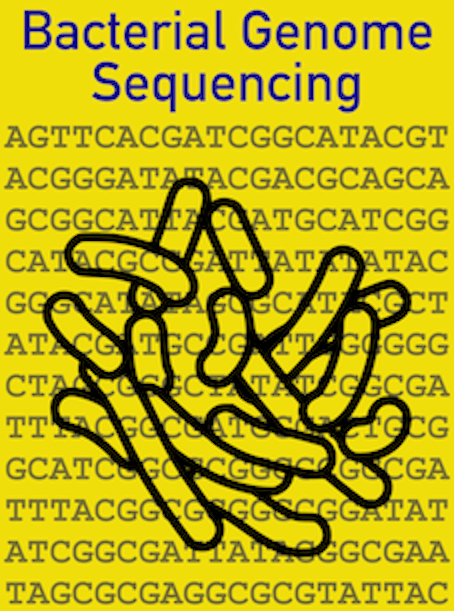Assessments
Contents
Assessments#
We assess students in three ways:
Competency portfolio (25%)
Scientific Conference Talk (25%)
Manuscript (50%)
Our course is 40-credits, meaning it is twice the value of typical final-year courses. It is a replacement for final-year research projects often carried out in UK universities.
Competency Portfolio#
Students are assigned 2 copmpetencies to document per week (10 in total). Here they accumulate evidence that they can perform relevant skills. They get feedback on competencies throughout the course, but it is a single document to submit at the end. Sometimes documenting “doing a thing” can be replaced by “explaining a thing” where it is more appropriate.
Presentation quality figure of microbiology results [Week A]
Presentation quality figure of DNA extraction, quantification and quality assessment [Week A]
Annotated calculations for nanopore loading based on Qubit results [Week B]
News and Views style article on an application of nanopore sequencing [Week B]
Demonstration of command line competency by notebook completion [Week C]
Graphical/tabular descriptions of sequence data [Week C]
Explain briefly how a named software attempts to annotate components of the bacterial genome [Week D]
Produce a simple table of AMR genes present in your strains [Week D]
Updated CV that includes description of the skills you have gained during this module written for either job applications or postgraduate study applications [Week A-E]
Completed lab notebook [Week A-E]
Scientific Conference Talk#
On the last day of week D (annotation and AMRs) there is a class scientific conference. Student groups give a 10 minute talk on the whole module’s work. This is done with 1 talk per group of 3 students, with each student responsible for both an individual section of the talk, and contributing to the integration of all sections into the final presentation. The target audience is other students, not a talk addressed to academic instructors.
This assessment can be a lot of fun for students and academics alike. In addition it is a great learning tool as it forces students to summarise what they have achieved, explain it, and consider the areas they are less sure about. It is a great opportunity for feedback, and improves the quality of the final manuscripts.
Manuscript#
Students prepare an individual scientific manuscript describing the whole experiment. This is shorter than many published manuscripts at ~4000 words but long enough for it to be very similar. Students often prefer to submit a finished-looking publication rather than a more archaic-looking author submission that journals require in real life. This is the main output of the module and feedback is given on a draft before final submission.
